
|
|
|
Plenary speakers
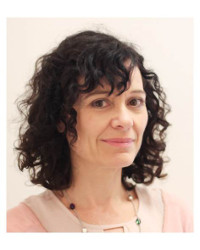
Valérie Castellani obtained her PhD at Université Claude Bernard Lyon 1 in 1998. She did her thesis at the “Cerveau and vision” Institute under the supervision of Jurgen Bolz, studying interlaminar connections in the cerebral cortex. She identified a contribution of the signaling environment, in particular the impact of the Neurotrophins and Ephrins on the formation of interlaminar collaterals. Then, during her post-doc in the team of Geneviève Rougon at Marseille-Luminy, she studied the mechanisms of axonal guidance. She identified new co-receptors that play a role in Semaphorin signaling. In 2003, she was recruited by CNRS and obtained an ATIP grant to launch her team at the “Centre de Biologie Moléculaire et Cellulaire” in Lyon. Her research focus is based on the mechanisms of axonal guidance, and with the support of the ERC, she has broadened her approach to study topographical signaling from early stages of nervous system development. Her team also helps to apply the tools and expertise used in the study of brain development to pathological contexts. She is also interested in the dissemination processes of a pediatric cancer, neuroblastoma. Her team is now attached to the NeuroMyogene Institute, created in Lyon in 2016 to facilitate collaboration between teams interested in the physio-pathology of nervous systems and musculature.
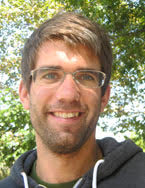
Tobias Donner has been a Full Professor of Integrative Neuroscience at the University Medical Center Hamburg-Eppendorf (UKE) since 2015. His lab studies the interplay between internal brain states and the neural computations underlying decisions. To this end, the lab combines quantitative analysis of behavior, computational modeling, multimodal neuroimaging (fMRI and MEG), and pharmacological interventions. In 2003, Tobias Donner earned an MD from the Charitè, Berlin, and completed his doctoral work at the Berlin Neuroimaging Centre (with Arno Villringer and Stephan Brandt). From 2003-6, he was on a joint postdoc position at the Dept of Neurophysiology of the UKE and the Donders Institute in Nijmegen (with Andreas Engel and Pascal Fries). From 2006-9, he joined David Heeger’s Computational Neuroimaging Lab at New York University. In 2009, became Assistant Professor in Brain and Cognition at the University of Amsterdam. He was awarded a Postdoctoral Fellowship of the German National Academy of Sciences Leopoldina in 2006 and a Heisenberg Professorship of the German Research Foundation (DFG) in 2015.
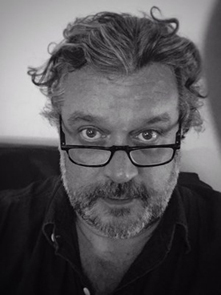
Stephen Goodwin, Ph.D., studied genetics as an undergraduate at the University of Glasgow and researched Drosophila learning and memory for his Ph.D. After a postdoctoral stint in Jeff Hall’s lab at Brandeis University, he spent 10 years leading a research group at the University of Glasgow before moving to Oxford in 2009, where he is a Professor of Neurogenetics, a Wellcome Trust Senior Investigator, and a Tutorial Fellow in Genetics at Magdalen College. He is part of the Centre for Neural Circuits and Behaviour along with the groups of Gero Miesenböck, Martin Booth, Scott Waddell, Korneel Hens and Tim Vogels. Stephen’s group uses the fruit fly, Drosophila melanogaster, to study the genetic, developmental, and neural mechanisms that underlie sex-specific behaviours in higher animals. In particular, the elaborate courtship ritual performed by the male fly has provided remarkable insights into how the neural circuitry underlying sexual behaviour, which is largely innate in flies, is built into the nervous system during development, and how this circuitry functions in the adult. The fly has the advantages of advanced molecular genetics approaches along with well-defined anatomy and physiology.
 Mark Hübener heads the “Visual System Plasticity” lab in the Department Synapses – Circuits – Plasticity at the Max Planck Institute of Neurobiology in Martinsried, Germany. He is also Affiliate Professor of Neurobiology at the Ludwig-Maximilians-University of Munich. After studying Biology in Tübingen and Hamburg, he carried out his PhD work with Jürgen Bolz on structure-function relationships in the visual cortex at the Miescher Lab of the Max Planck Society in Tübingen. In 1993 he joined the Department of Tobias Bonhoeffer at the Max Planck Institute of Neurobiology, where he is a group leader since 2002. He has made important contributions to our understanding of the diversity of morphological cell types in the visual cortex. His group has pioneered functional imaging from mouse visual cortex and superior colliculus employing intrinsic as well as two-photon calcium imaging. His main interests are the functional and structural determinants of plasticity in the visual system.
Mark Hübener heads the “Visual System Plasticity” lab in the Department Synapses – Circuits – Plasticity at the Max Planck Institute of Neurobiology in Martinsried, Germany. He is also Affiliate Professor of Neurobiology at the Ludwig-Maximilians-University of Munich. After studying Biology in Tübingen and Hamburg, he carried out his PhD work with Jürgen Bolz on structure-function relationships in the visual cortex at the Miescher Lab of the Max Planck Society in Tübingen. In 1993 he joined the Department of Tobias Bonhoeffer at the Max Planck Institute of Neurobiology, where he is a group leader since 2002. He has made important contributions to our understanding of the diversity of morphological cell types in the visual cortex. His group has pioneered functional imaging from mouse visual cortex and superior colliculus employing intrinsic as well as two-photon calcium imaging. His main interests are the functional and structural determinants of plasticity in the visual system.
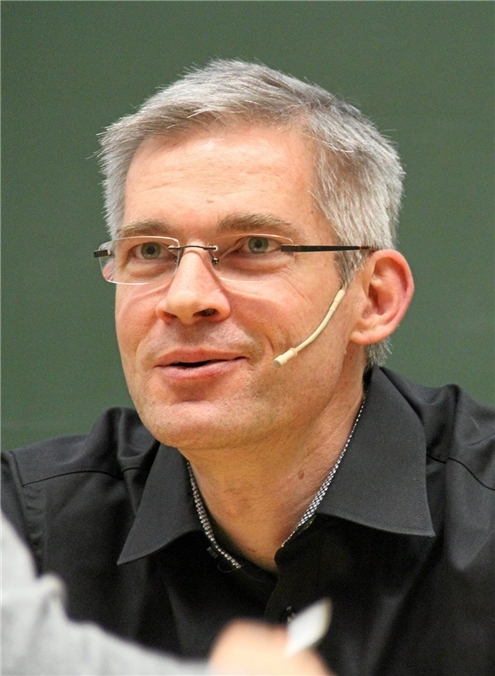
Andreas Nieder, Ph.D., is professor of Animal Physiology at the Dept. of Biology at the University of Tübingen (Germany), where he is also director of the Institute of Neurobiology. He studied Biology at the Technical University Munich (Germany), and received a Ph.D. in biology/neuroscience form the University Aachen (Germany) with Dr Hermann Wagner. He was a postdoctoral fellow with Dr Earl K Miller at the Massachusetts Institute of Technology (Cambridge, Massachusetts, USA) before leading an independent junior research group at the Hertie-Institute for Clinical Brain Research/Dept. Cognitive Neurology at the University Hospital Tübingen. He is interested in how higher brain centers enable intelligent, goal-directed behaviours. To that aim, his laboratory explores the functioning of highly intelligent primate and corvid brains that evolved independently through convergent evolution.
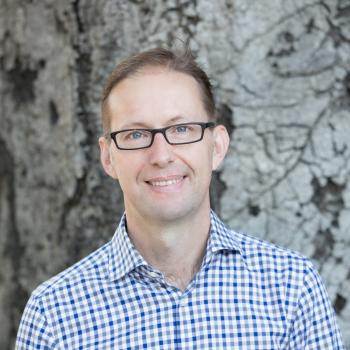
Russell Poldrack is the Albert Ray Lang Professor of Psychology at Stanford University and Director of the Center for Reproducible Neuroscience. His research uses magnetic resonance imaging to understand the neural systems underlying decision making and executive function. His lab also develops tools to help improve access to shared data and aggregate knowledge across the literature.

Alejandro Schinder is a Principal Investigator at the Leloir Institute in Buenos Aires, a member of the National Research Council of Argentina (CONICET), a Senior International Research Scholar at the Howard Hughes Medical Institute, and President of the Leloir Institute Foundation. He obtained his M.Sc. in biology at the University of Buenos Aires (1990) and his Ph.D. at the University of California San Diego (1996). He was a postdoctoral fellow in Mu-ming Poo's lab at UCSD, and later in Fred Gage’s lab at the Salk Institute, where he studied adult neurogenesis. He returned to Argentina in 2002 to establish the Laboratory of Neuronal Plasticity at the Leloir Institute. His lab investigates the functional relevance of adult hippocampal neurogenesis, focusing in mechanisms of remodeling of local microcircuits and their regulation by experience.
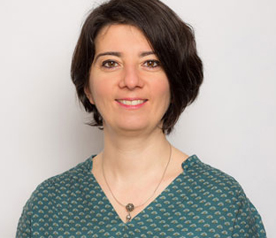 Fekrije Selimi, PhD, has been a team leader and CNRS research director at the CIRB-Collège de France since January 2011. She trained as a PhD student at University Pierre and Marie Curie in Paris in the laboratory of Pr. Jean Mariani and as a HFSP post-doctoral fellow at Rockefeller University in New York in the laboratory of Pr. Nathaniel Heintz. She is the recipient of the 2010 Boehringer Ingelheim FENS award and of an ATIP-AVENIR grant 2011. The goal of her team is to understand the molecular mechanisms that control the development of a functional brain. Answering this fundamental question will also help increase our knowledge of the mechanisms that could be deficient in neurodevelopmental disorders such as autism or schizophrenia. The brain is composed of many different types of neuronal populations that form functional networks by establishing specific synapses. Indeed, synapses are complex macromolecular structures with different morphological and functional characteristics, depending on the types of neurons that they connect. Her team's aim is to identify the molecular determinants of synapse diversity and understand how these determinants contribute to normal network formation in the mammalian brain.
Fekrije Selimi, PhD, has been a team leader and CNRS research director at the CIRB-Collège de France since January 2011. She trained as a PhD student at University Pierre and Marie Curie in Paris in the laboratory of Pr. Jean Mariani and as a HFSP post-doctoral fellow at Rockefeller University in New York in the laboratory of Pr. Nathaniel Heintz. She is the recipient of the 2010 Boehringer Ingelheim FENS award and of an ATIP-AVENIR grant 2011. The goal of her team is to understand the molecular mechanisms that control the development of a functional brain. Answering this fundamental question will also help increase our knowledge of the mechanisms that could be deficient in neurodevelopmental disorders such as autism or schizophrenia. The brain is composed of many different types of neuronal populations that form functional networks by establishing specific synapses. Indeed, synapses are complex macromolecular structures with different morphological and functional characteristics, depending on the types of neurons that they connect. Her team's aim is to identify the molecular determinants of synapse diversity and understand how these determinants contribute to normal network formation in the mammalian brain.
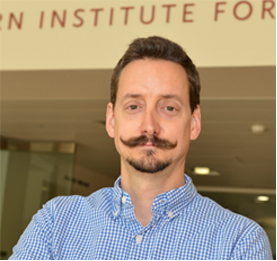
Ian Wickersham, Ph.D., is a Principal Research Scientist at the McGovern Institute for Brain Research at MIT, where he develops virus-based genetic techniques for understanding the organization of the brain. His laboratory is focused on engineering methods for targeting transgene expression to specific neuronal populations based on their connectivity as well as their gene expression profiles, in order to allow their study and manipulation using optogenetics, chemogenetics, and other techniques. Current projects include the development of 1) systems for nontoxic retrograde monosynaptic tracing and transduction, 2) systems for anterograde monosynaptic tracing (including nontoxic versions), and 3) systems for cell-type-specific transgene expression in wild-type animals, potentially including humans.

